Hair removal is a common beauty routine for many people, and with advancements in technology and techniques, there are various options to achieve smooth, hair-free skin. The best hair removal treatment depends on factors like skin type, hair color, pain tolerance, and desired results. Here’s a look at some of the most popular and effective hair removal treatments available today.
1. Laser Hair Removal
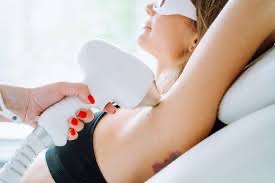
How it Works: Laser hair removal uses concentrated light beams to target and destroy hair follicles, reducing hair growth over time. It’s most effective on dark hair and lighter skin, as the laser targets pigment in the hair.
Pros:
– Long-lasting results, with some people experiencing permanent hair reduction.
– Can be used on various body areas, including the face, legs, underarms, and bikini line.
– Sessions are relatively quick, especially for smaller areas.
Cons:
– Requires multiple sessions for optimal results.
– Can be expensive.
– May cause discomfort, redness, or temporary skin irritation.
2. Intense Pulsed Light (IPL)
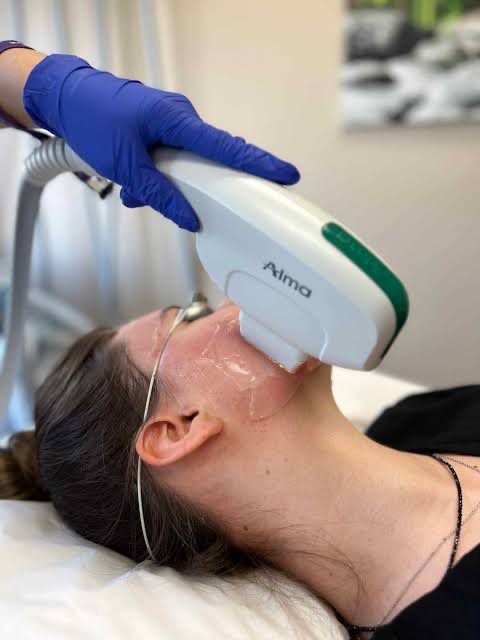
How it Works: Similar to laser hair removal, IPL uses broad-spectrum light to target the pigment in hair. However, IPL is less focused than laser, making it suitable for larger areas.
Pros:
– Can treat large areas quickly.
– Effective for a range of hair and skin types, though best for light skin and dark hair.
– Can also improve skin texture and reduce pigmentation.
Cons:
– Requires multiple sessions.
– Not as effective on very light or very dark skin tones.
– May cause mild discomfort or skin irritation.
3. Electrolysis
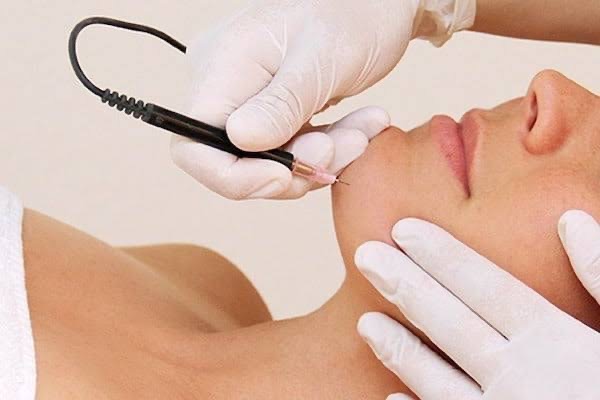
How it Works: Electrolysis involves inserting a tiny needle into each hair follicle and applying an electric current to destroy the follicle. This method is FDA-approved for permanent hair removal.
Pros:
– Suitable for all hair and skin types.
– Can be used on any part of the body.
– Provides permanent results after completing the treatment course.
Cons:
– Time-consuming, as each hair follicle is treated individually.
– Can be uncomfortable, with potential for temporary redness or swelling.
– Requires multiple sessions, especially for larger areas.
4. Waxing
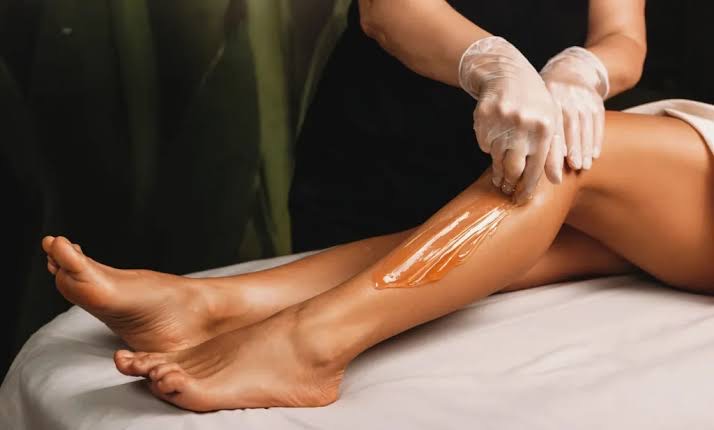
How it Works: Waxing involves applying warm or cold wax to the skin, which adheres to the hair. The wax is then pulled off, removing the hair from the root.
Pros:
– Provides smooth results that last several weeks.
– Can be done at home or by a professional.
– Effective for large areas like legs and back.
Cons:
– Can be painful, especially on sensitive areas.
– May cause redness, ingrown hairs, or irritation.
– Hair must grow out to a certain length before it can be waxed again.
5. Sugaring
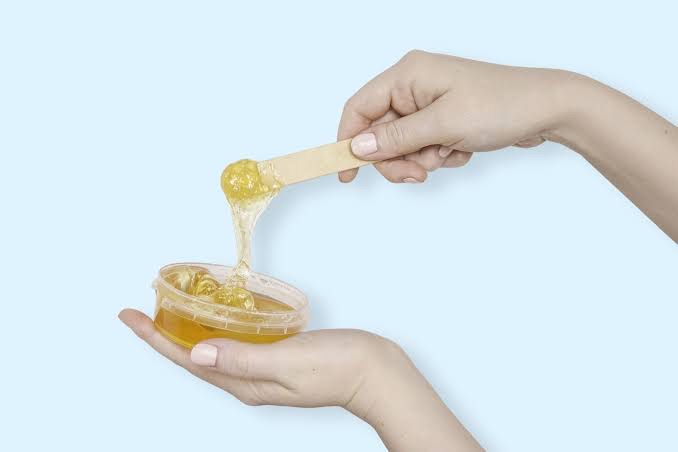
How it Works: Sugaring uses a natural paste made from sugar, lemon juice, and water. The paste is applied to the skin and then flicked off, removing the hair with it.
Pros:
– Less painful than waxing, as it doesn’t stick to the skin.
– Natural ingredients are gentle on the skin and reduce the risk of irritation.
– Results last several weeks, similar to waxing.
Cons:
– Can be messy to do at home.
– Requires hair to be a certain length before treatment.
– Not as effective on very short or coarse hair.
6. Depilatory Creams
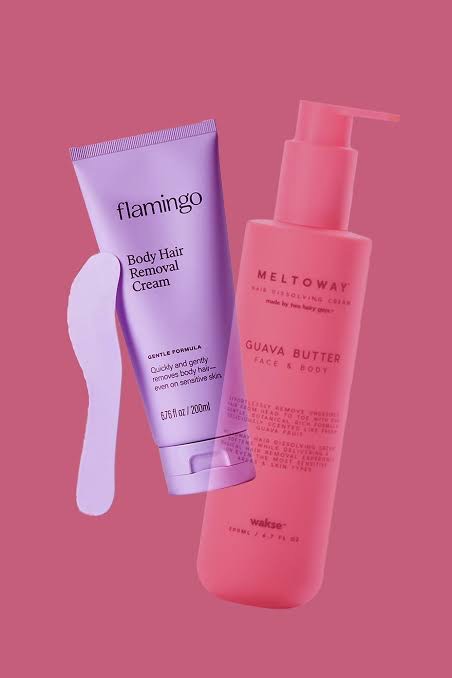
How it Works: Depilatory creams contain chemicals that break down the protein structure of the hair, allowing it to be wiped away from the skin’s surface.
Pros:
– Quick and painless.
– Can be done at home.
– Suitable for various areas, including the face, legs, and bikini line.
Cons:
– Results last only a few days to a week.
– Some people may experience skin irritation or allergic reactions.
– Strong odor and potential for uneven results.
Choosing the Right Treatment
When selecting a hair removal treatment, consider your pain tolerance, budget, and how long you want the results to last. Laser hair removal and electrolysis offer longer-lasting results but require a higher investment of time and money. Waxing, sugaring, and depilatory creams are more accessible and can be done at home but need to be repeated more frequently.
Consulting with a dermatologist or professional hair removal technician can help determine the best option for your skin type and hair removal goals. No matter which method you choose, following proper aftercare is essential to maintain smooth, healthy skin.
Pingback: The Best Depilatory Creams for Smooth, Hair-Free Skin - SimplExplainer
Pingback: Hair Waxing: A Quick Guide to Smooth, Long-Lasting Results - SimplExplainer